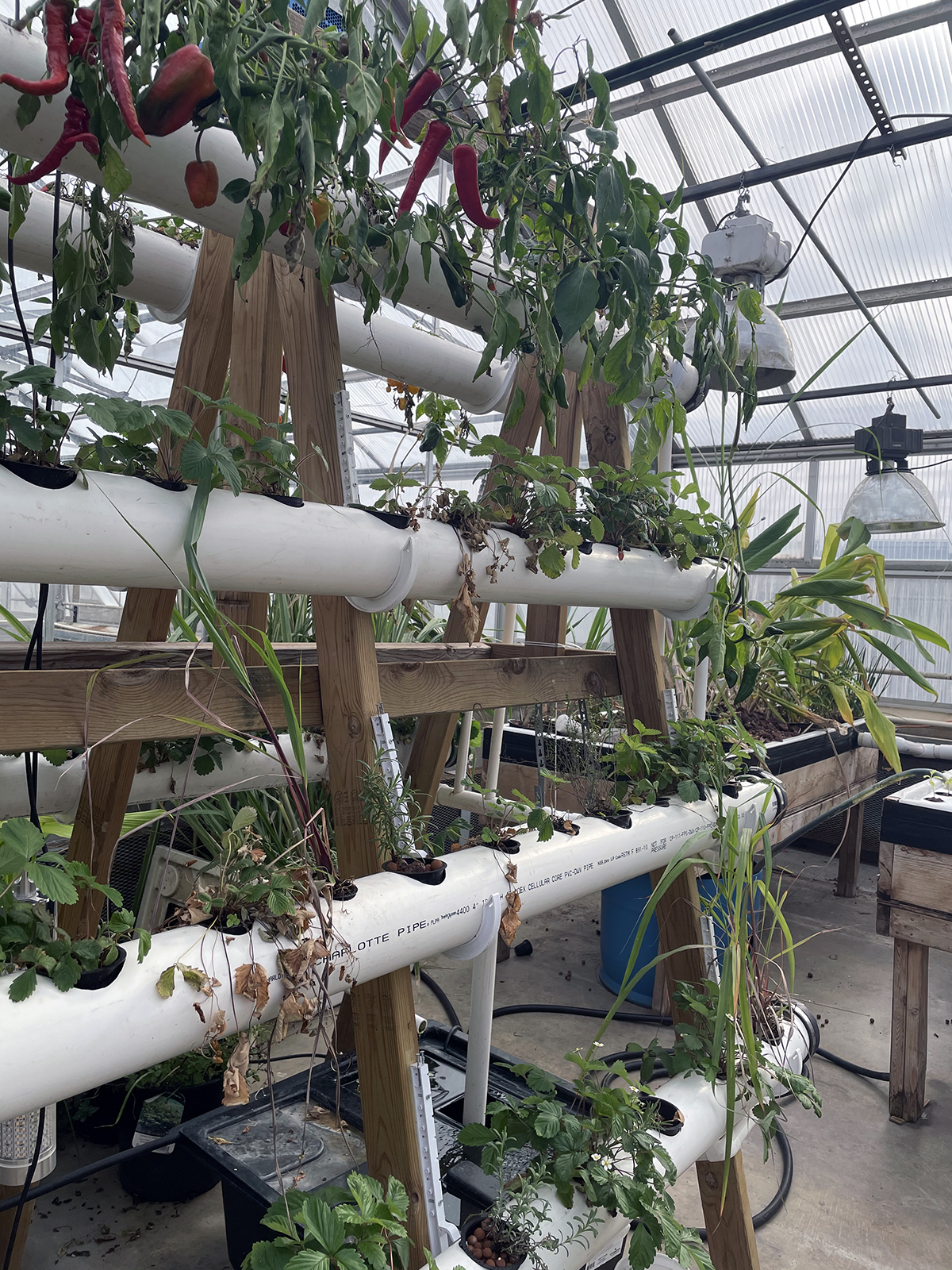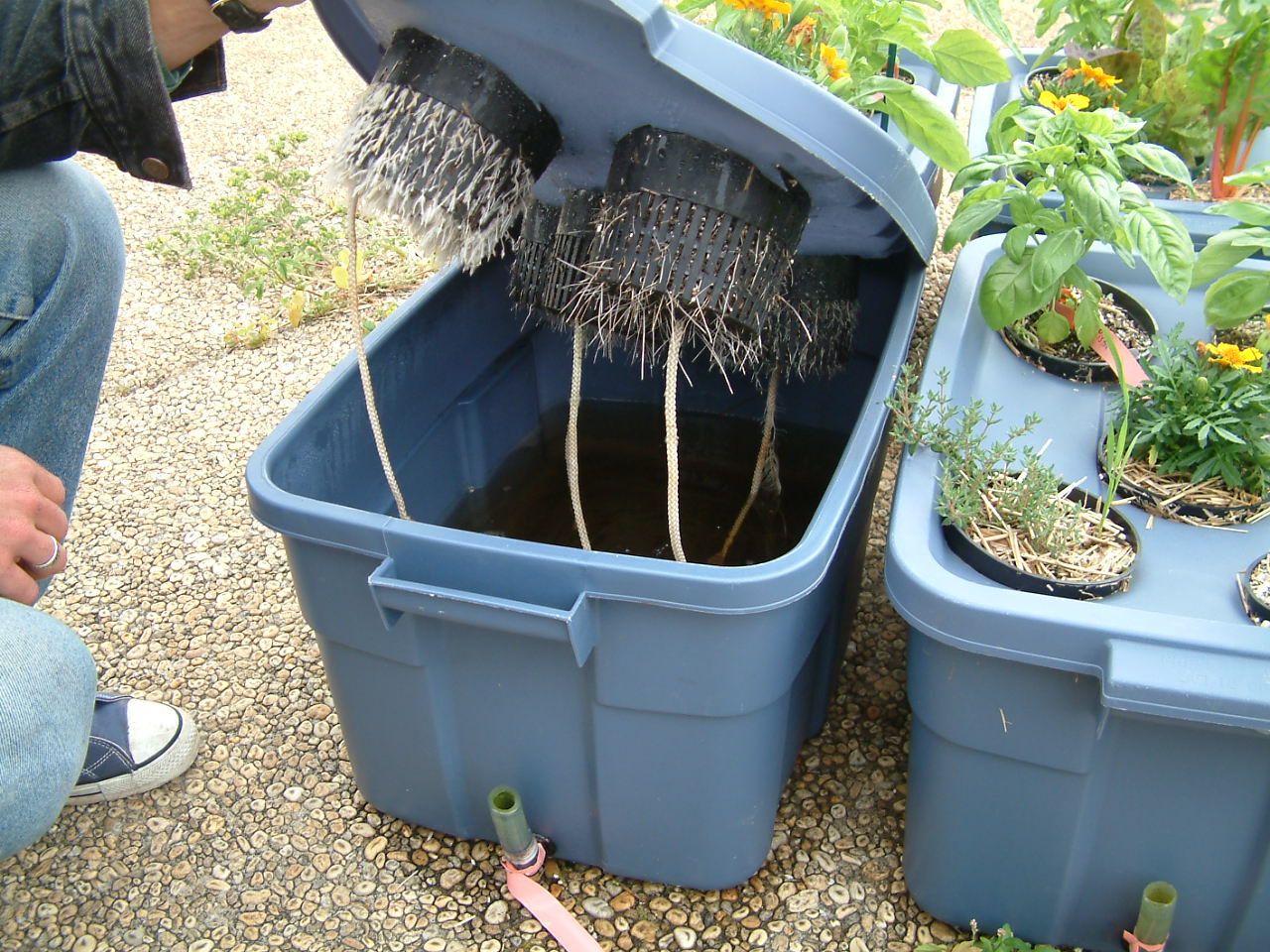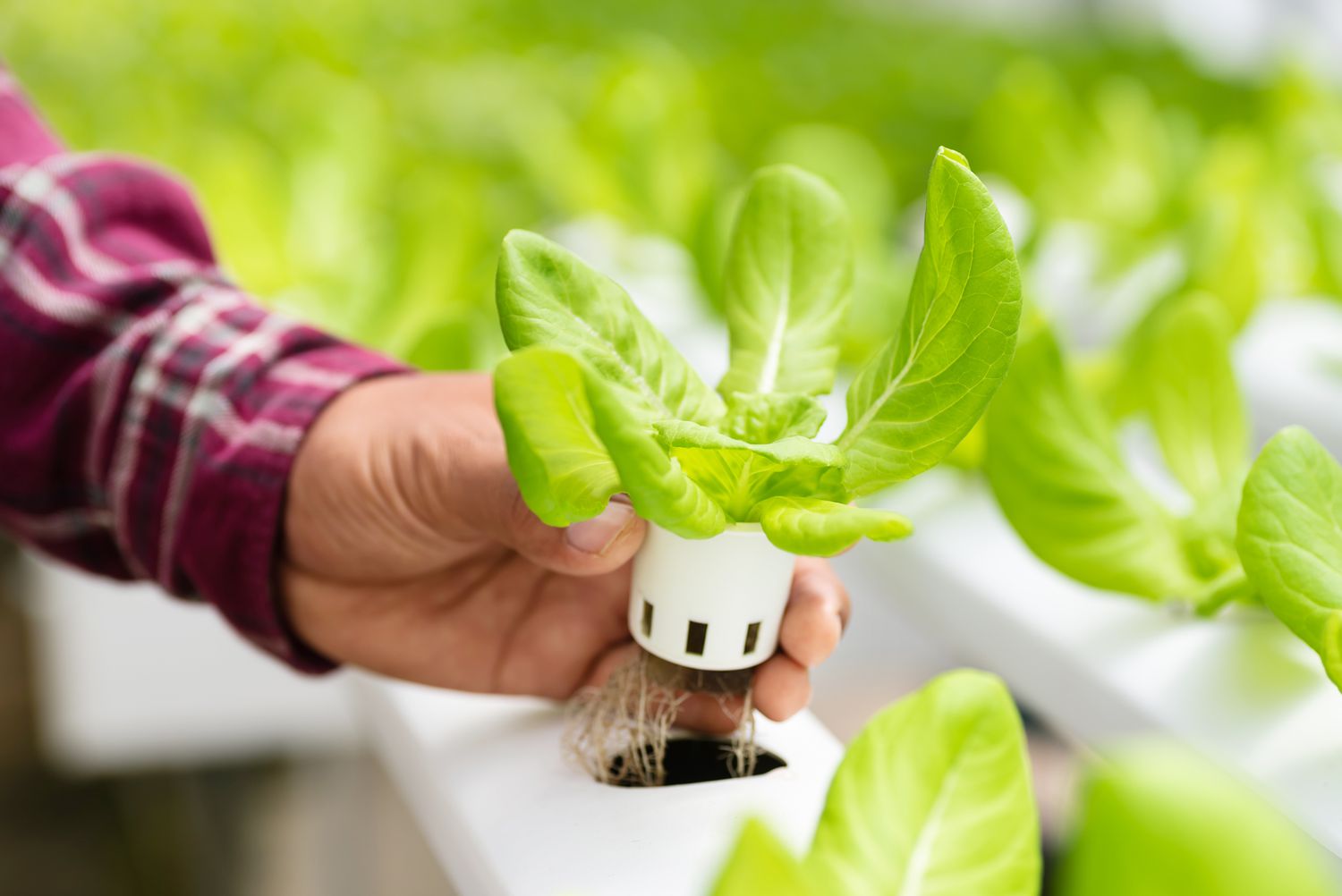To start a hydroponic garden, select a suitable location and set up the necessary equipment. Then, choose the right plants and provide them with the proper nutrients and lighting for optimal growth.

Credit: extension.umn.edu
Choosing The Right Location
Choosing the right location is crucial when starting a hydroponic garden. The success of your garden depends on providing an environment that meets the needs of your plants. The location you choose will determine whether you’ll be growing your plants indoors or outdoors, as well as the available space you have for your hydroponic garden.
Indoor Or Outdoor
Deciding whether to grow your hydroponic garden indoors or outdoors is the first step in choosing the right location. Both options have their own advantages and considerations. Indoor gardens offer greater control over environmental factors such as temperature, light exposure, and pests. They are ideal for year-round cultivation and require a dedicated space in your home or a separate building. Outdoor gardens, on the other hand, benefit from natural sunlight and fresh air, which can reduce energy costs and promote overall plant health. They require ample space in your backyard or rooftop where plants can receive sufficient light and protection from extreme weather conditions.
Available Space
The available space you have will also influence your choice of location for your hydroponic garden. You need to determine how much space you can allocate for your garden and ensure that it meets the requirements of the plants you intend to grow. Consider factors such as the size of your containers or growing systems, plant spacing, and the height needed for vertical growing structures. Measure the available area accurately and determine if it will accommodate your desired plant quantity and diversity. This will help you plan your hydroponic garden more effectively and maximize your yields.
:max_bytes(150000):strip_icc()/building-a-hydroponic-garden-5086086-hero-88d01a2d2a6e47f8a0bbe3d9994c8d98.jpg)
Credit: www.thespruce.com
Setting Up The Hydroponic System
Setting up the hydroponic system is an essential step in starting your own hydroponic garden. This involves selecting the right hydroponic system type, gathering the necessary equipment, and preparing the nutrient solution.
Selecting The Hydroponic System Type
There are various types of hydroponic systems available, each with its own advantages. It’s important to consider factors like space, budget, and the specific plants you intend to grow when choosing the right system.
Gathering The Necessary Equipment
Once you’ve selected the hydroponic system type, gather the essential equipment. This may include containers, growing mediums, pumps, reservoirs, pH testing kits, and lighting systems. Ensure you have all the components required for your chosen system.
Preparing The Nutrient Solution
Preparing the nutrient solution is a crucial aspect of setting up a hydroponic system. You’ll need to carefully measure and mix the nutrients with water to create a balanced solution that provides all the essential elements for plant growth.
Choosing The Right Plants
When it comes to starting a hydroponic garden, choosing the right plants is crucial for success. Not all plants are suitable for hydroponic cultivation, so it’s important to consider factors such as their growth characteristics and nutritional needs. In this section, we will discuss the key considerations for selecting the perfect plants for your hydroponic garden.
Consideration Of Plant Types
In hydroponics, certain plant types thrive more than others. For instance, leafy greens, herbs, and small fruiting plants are excellent choices for hydroponic cultivation due to their compact size and rapid growth. These plants, such as lettuce, spinach, basil, and strawberries, can be grown efficiently in a hydroponic system, yielding high-quality produce.
Suitability For Hydroponic Cultivation
When choosing plants for your hydroponic garden, it’s important to prioritize those that are well-suited for this growing method. Consider plants with a high nutrient requirement, as hydroponic systems allow for precise control over nutrient delivery. Additionally, choose plants that have a shallow root system, as deep-rooted plants may struggle to develop properly in hydroponic setups.
Some plants that are particularly suitable for hydroponic cultivation include:
| Plant Type | Examples |
|---|---|
| Lettuce Varieties | Romaine, Butterhead, Leaf Lettuce |
| Herbs | Basil, Mint, Parsley, Chives |
| Microgreens | Radish, Pea Shoots, Sunflower Sprouts |
| Strawberries | Alpine, Everbearing Varieties |
In addition to their suitability for hydroponic cultivation, these plants are also popular choices for gardeners due to their flavorful taste and culinary versatility.
By carefully considering the types of plants that are suitable for hydroponic cultivation and their specific growth requirements, you can make informed choices for your hydroponic garden. This will help ensure optimal growth and a bountiful harvest of fresh, nutrient-rich produce.
Managing Nutrient Levels And Ph
Managing nutrient levels and pH is a crucial aspect of hydroponic gardening. Maintaining the right balance of nutrients and pH is essential for the healthy growth and development of your plants. In this section, we will explore two important aspects of managing nutrient levels and pH: monitoring nutrient levels and adjusting pH.
Monitoring Nutrient Levels
Regularly monitoring the nutrient levels in your hydroponic system is essential to ensure that your plants are receiving the right amount of nutrients. It is important to remember that different plants have different nutrient requirements, so monitoring nutrient levels will help you determine if your plants are receiving the nutrients they need.
There are several ways you can monitor nutrient levels in your hydroponic garden:
- Use an electrical conductivity (EC) meter to measure the nutrient concentration in your solution. This will give you an idea of how concentrated the nutrient solution is and whether it needs to be adjusted.
- Monitor plant growth and health. If your plants are showing signs of nutrient deficiency or excess, it may indicate an imbalance in the nutrient levels.
- Regularly check the color and clarity of your nutrient solution. A solution that is cloudy or discolored may indicate nutrient imbalances or the presence of harmful bacteria.
Adjusting Ph
The pH level of your nutrient solution is another important factor that affects plant growth. Most plants thrive in a pH range of 5.5 to 6.5. Adjusting pH ensures that the nutrients are available for absorption by the plants.
Here are a few tips for adjusting pH in your hydroponic garden:
- Start by measuring the pH of your nutrient solution using a pH meter or paper strips.
- If the pH is too high (alkaline), you can lower it by adding an acid, such as phosphoric acid or citric acid, to the solution.
- If the pH is too low (acidic), you can raise it by adding a base, such as potassium hydroxide or calcium carbonate, to the solution.
- Make adjustments gradually and retest the pH after each adjustment to ensure it falls within the optimal range.
By monitoring nutrient levels and adjusting pH, you can create an optimal environment for your hydroponic plants. Remember to regularly check and make necessary adjustments to ensure healthy growth and high yields.
Maintaining The Hydroponic Garden
Keeping a hydroponic garden in prime condition requires regular upkeep. From cleaning and maintenance to pruning and trellising, each aspect is crucial for a thriving garden.
Regular Cleaning And Maintenance
Consistent cleaning and maintenance are pivotal to the success of your hydroponic garden. Regularly wipe down the reservoir, pumps, and grow trays to prevent algae and minimize bacterial growth. Monitor pH and nutrient levels regularly, and conduct system checks to ensure everything is running smoothly.
Pruning And Trellising
Pruning and trellising are essential practices to encourage healthy growth and maximize yield in your hydroponic garden. Regularly prune away dead or overcrowded plant matter to promote air circulation and prevent disease. Implement trellising to support vertical growth and prevent plants from toppling under their weight as they mature.

Credit: hellohomestead.com
Conclusion
Starting a hydroponic garden is a rewarding and efficient way to grow plants. With the right knowledge and tools, anyone can set up and maintain a successful hydroponic system. By following the steps outlined in this guide, you can create a thriving garden that yields fresh, healthy produce year-round.
Happy gardening!








